It was a hard week. The intense mental stress that often comes with the territory of being a college student left me in a state of both wanderlust and homesickness on the eve of spring break. I needed to escape, to run away to a place both familiar and unknown, to re-find a comfort in solitude. And so, while most others found themselves already on their way to luxurious far-off destinations, I retreated for the first time to Chris’s Jazz Cafe – a cozy Sansom Street sanctuary just around the corner from City Hall.
After many unfulfilled plans to visit the cafe for a late night piano set, what finally brought me to this jazz haven was a commitment to the thrill of witnessing Ravi Coltrane, only son of the late great saxophonist John Coltrane. The weight of his father’s work obviously leads listeners to draw comparisons between the younger Coltrane and the elder, but the two are completely distinct in style. While Ravi notably incorporates music from composers of his father’s era into his setlists, his own personal style is markedly post-bop, while John was one of the leaders of the original bebop movement in the mid-twentieth century.
Ravi Coltrane’s style isn’t as easy to describe. His melodies are more slippery and free-form, taking influence perhaps from his father’s latest work and the music of his mother, Alice Coltrane, whose experimental jazz took shape from her practice of religious mediation. In fact, many of Ravi Coltrane’s songs are elongated ruminations themselves, often challenging listeners instead of comforting them, with simultaneous melodies from different instruments that border on dissonance, yet never clash quite enough to actually achieve it, reflecting the ever precarious balance of daily life.
Coltrane’s stop at Chris’s last week aligned with the release of his most recent work in this style, an album with his frequent collaborator Ralph Alessi and a few other musicians titled Imaginary Friends. By some beautiful stroke of luck that night, the cafe staff granted me with my own table at the sold-out show with a generous view of the band. A moment after one of the waiters brought me a far-too-expensive-for-my-college-budget glass of Sauvignon Blanc, Coltrane and his quartet took the stage, beginning with a long, isolated solo from Coltrane on the soprano sax. After a few minutes, the band joined him in a swirl of instrumentation – drums, bass, and guitar each moving in a different direction, yet still coherent as one body with Coltrane in an unnamed song he later referred to as a “jangle.”
Talk between songs was sparse and short, the band members briefly locking eyes with each other and exchanging a couple of nods before progressing to the next song on the setlist. Watching these interactions reminded me of my own much, much simpler iterations of these communications from my days of playing in jazz quartets in the summer during high school. Yes, almost every great band requires this quiet sense of knowing between every member for the kind of cooperation that yields the most impressive shows, but with jazz, it seems to be on another level. Especially when lacking a vocalist, there is little room for the space-filling banter of a lead singer during transitions, less of a distraction for the crowd while the band gears up for the next song.
Instead, a great jazz show, as this one certainly was, is a display of a secret code among its performers. As Coltrane and his quartet cruised through songs like “Cobbs Hill,” “Endless,” “For Turiya,” – a song written by Charlie Haden for Alice Coltrane – landing on Charlie Parker’s “Segment” to finish, they kept crowd interaction to a minimum, focusing more on each other and the sounds they made, shaping improvisations as needed. Each song felt as if it lasted nearly ten minutes, if not more, as Coltrane and the other band members lost themselves in everlasting solos. This, paired with the freer style of the choruses, requires an even greater patience in listening than the style of music that most people think of when they hear jazz, the style of the elder Coltrane.
But, to me at least, that makes Ravi’s music more rewarding. It was easy to recognize when a solo began, especially with his takes on older tracks with the more familiar structure at their centers, but it was difficult to hold on to the lead instrument and follow its path, attempting to connect the dots of the player’s mind after he unleashed them. This kind of music requires an approach that is simultaneously active and casual, never zoning out as a listener, yet open to accepting the inevitable inability to perfectly follow the work of a genius in real-time. A glass of wine or two certainly helps.
I, probably like so many others in Chris’s that night, first came across Ravi Coltrane’s music by way of his father, and I would be lying if I said that the weight of the name wasn’t a factor in my decision to attend the show. Though I will always hold John Coltrane in the high regard of his undeniable brilliance as one of, if not the, greatest saxophonist of all time, I needed the music of Ravi that night. Jazz can be soft and quiet, or loud and vibrant, but Ravi’s manages to land in between. His sound is both traditional and experimental, occupying so many dualities in style that other musicians are usually afraid to try. And in this calming candlelit chaos, my buzzing mind finally found the solace it needed.
